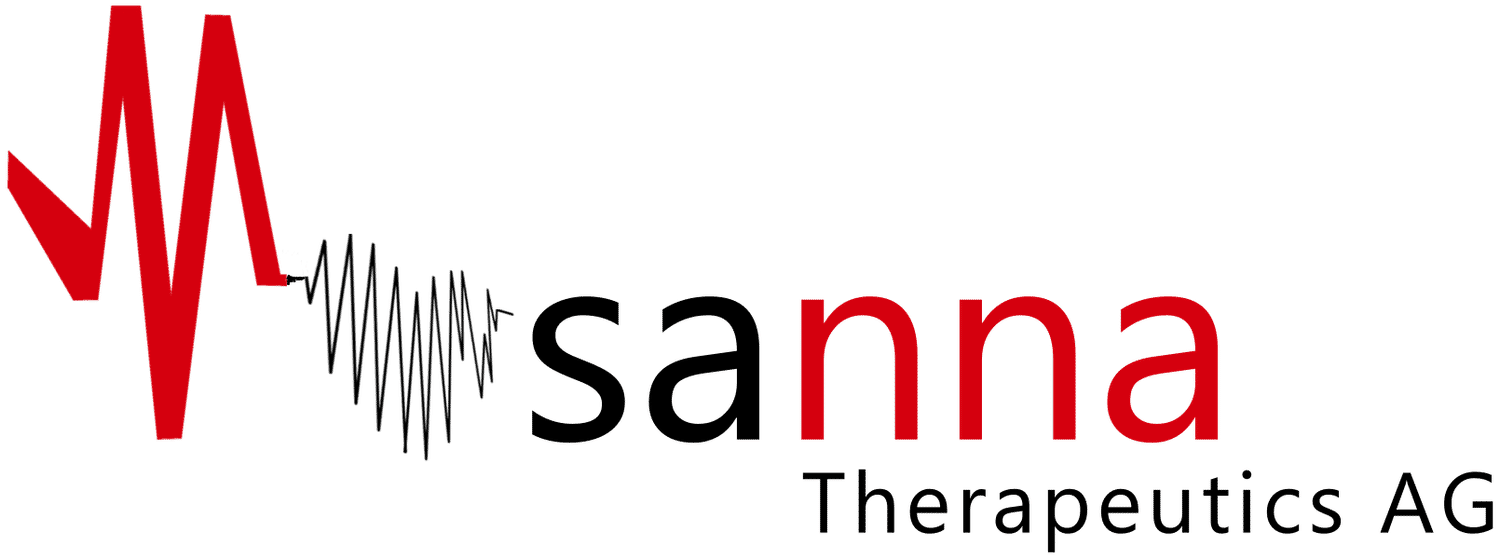Request Demo
Last update 08 May 2025
Kv1.5 x Kv1.3
Last update 08 May 2025
Related
1
Drugs associated with Kv1.5 x Kv1.3Target |
Mechanism Kv1.3 blockers [+1] |
Active Org. |
Originator Org. |
Active Indication |
Inactive Indication- |
Drug Highest PhasePreclinical |
First Approval Ctry. / Loc.- |
First Approval Date20 Jan 1800 |
100 Clinical Results associated with Kv1.5 x Kv1.3
Login to view more data
100 Translational Medicine associated with Kv1.5 x Kv1.3
Login to view more data
0 Patents (Medical) associated with Kv1.5 x Kv1.3
Login to view more data
122
Literatures (Medical) associated with Kv1.5 x Kv1.301 Apr 2025·Journal of Biological Chemistry
A novel spider toxin as a selective antagonist of the Kv1 subfamily of voltage-gated potassium channels through gating modulation
Article
Author: Chen, Minzhi ; Liu, Zhonghua ; Xiao, Zhen ; Hu, Zhaotun ; Zhao, Piao ; Li, Huazhen ; You, Qian ; Chen, Bo ; Liu, Hongrong ; You, Xia ; Zhou, Xi
01 Jul 2024·The Korean Journal of Physiology & Pharmacology
3,3′,4,4′-tetrachlorobiphenyl (PCB77) enhances human Kv1.3 channel currents and alters cytokine production
Article
Author: Park, Seo-In ; Jung, Yu-Jin ; Jo, Su-Hyun ; Lee, Hyo-Ji ; Kim, Jong-Hui ; Hwang, Soobeen
01 Oct 2023·Biophysical Reviews
Adam, amigo, brain, and K channel
Review
Author: Kodirov, Sodikdjon A
Analysis
Perform a panoramic analysis of this field.
login
or

AI Agents Built for Biopharma Breakthroughs
Accelerate discovery. Empower decisions. Transform outcomes.
Get started for free today!
Accelerate Strategic R&D decision making with Synapse, PatSnap’s AI-powered Connected Innovation Intelligence Platform Built for Life Sciences Professionals.
Start your data trial now!
Synapse data is also accessible to external entities via APIs or data packages. Empower better decisions with the latest in pharmaceutical intelligence.
Bio
Bio Sequences Search & Analysis
Sign up for free
Chemical
Chemical Structures Search & Analysis
Sign up for free

